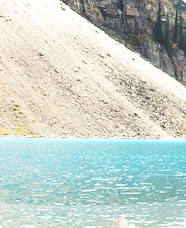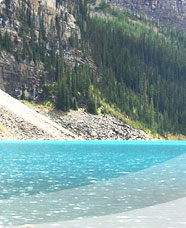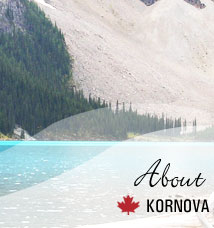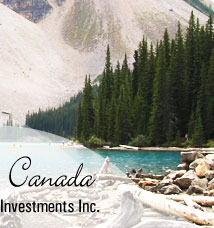|
|
|
|
|
|
 |
|
|
|
|

Canada is a federation composed of ten provinces and three
territories; in turn, these may be grouped into regions. Western Canada
consists of British Columbia and the three Prairie provinces (Alberta,
Saskatchewan, and Manitoba). Central Canada consists of Quebec and
Ontario. Atlantic Canada consists of the three Maritime provinces (New
Brunswick, Prince Edward Island, and Nova Scotia), along with
Newfoundland and Labrador. Eastern Canada refers to Central Canada and
Atlantic Canada together. Three territories (Yukon, Northwest
Territories, and Nunavut) make up Northern Canada. Provinces have more
autonomy than territories. Each has its own provincial or territorial
symbols.
The provinces are responsible for most of Canada's social programs
(such as health care, education, and welfare) and together collect more
revenue than the federal government, an almost unique structure among
federations in the world.
Territories and Pronvinces of Canada
|
| Province |
Capital |
Population |
Land Area
(sq km) |
Median
Age(2006
Census) |
Seats in
House of
Common |
|
| Alberta |
Edmonton |
3,455,062 |
642,317 |
36.0 |
28 |
| | |
| | |
| British Columbia |
Victoria |
4,352,798 |
925,186 |
40.8 |
36 |
| | |
| | |
| Manitoba |
Winnipeg |
1,182,921 |
553,556 |
38.1 |
14 |
| | |
| | |
| New Brunswick |
Fredericton |
748,878 |
71,450 |
41.5 |
10 |
| | |
| | |
| Newfoundland and Labrador |
St. John¡¯s |
506,548 |
373,872 |
41.7 |
7 |
| | |
| | |
| Northwest Territories |
Yellowknife |
41,795 |
1,183,085 |
31.2 |
1 |
| | |
| | |
| Nova Scotia |
Halifax |
932,966 |
53,338 |
41.8 |
11 |
| | |
| | |
| Nunavut |
Iqaluit |
31,216 |
1,936,113 |
23.1 |
1 |
| | |
| | |
| Ontario |
Toronto |
12,753,702 |
917,741 |
39.0 |
106 |
| | |
| | |
| Prince Edward Island |
Charlottetown |
138,800 |
5,660 |
40.8 |
4 |
| | |
| | |
| Quebec |
Quebec City |
7,687,068 |
1,365,128 |
41.0 |
75 |
| | |
| | |
| Saskatchewan |
Regina |
990,212 |
591,670 |
38.7 |
14 |
| | |
| | |
| Yukon |
Whitehorse |
30,883 |
474,391 |
38.4 |
1 |
| | |
| | |
|
|
|
|
|
|
|





